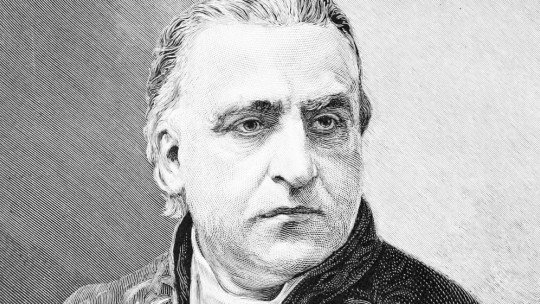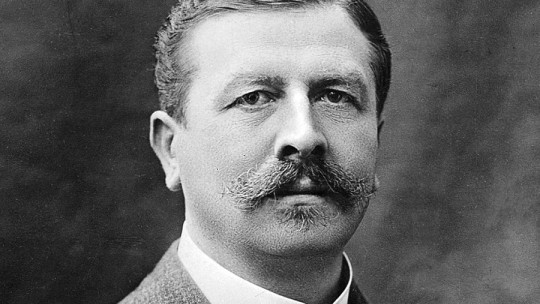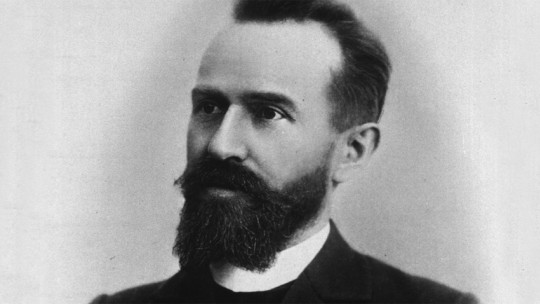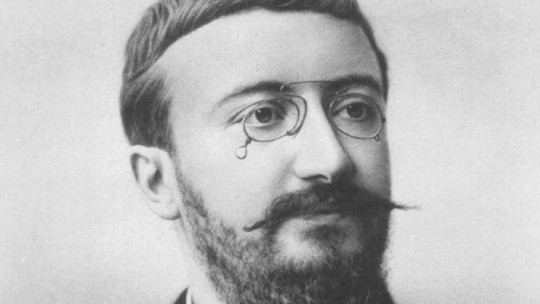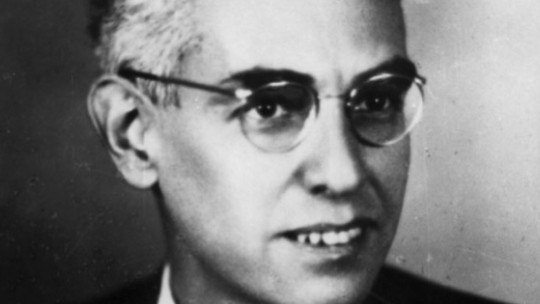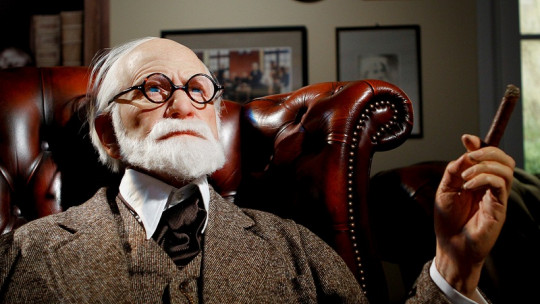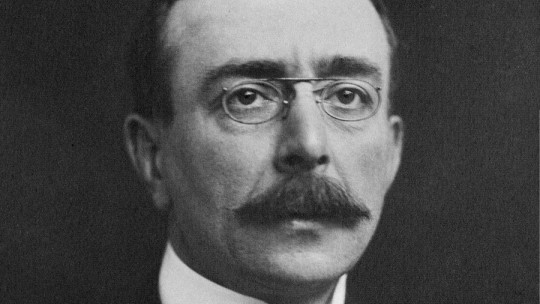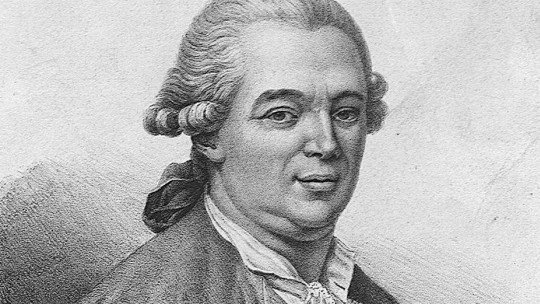Jean-Martin Charcot was a French researcher and one of the pioneers of neurology , the branch of medicine that studies disorders of the nervous system. However, outside the scope of this discipline, and particularly in the world of psychology, he is best known for his work on hysteria and hypnosis
Charcot’s contributions would not only be fundamental for the development of neurology, but would also constitute a key piece in the scientific development of psychiatry and the emergence of Freudian psychoanalysis.
Who was Jean-Martin Charcot?
The neurologist and anatomopathologist Jean-Martin Charcot was born in Paris in 1825. He studied with Guillaume Duchenne of Boulogne, who made great contributions to the fields of neurology and electrophysiology. Charcot is often considered the father of neurology, but his work was largely due to the teachings of Duchenne.
For more than 30 years Charcot worked as a doctor, researcher and professor at the Salpêtrière School, which at that time functioned as a psychiatric center and housed approximately 5,000 patients. Sigmund Freud was one of the many students who learned from Charcot which had achieved fame throughout Europe.
In addition to his career at La Salpêtrière, Charcot was professor of pathological anatomy at the University of Paris, where he was appointed Director of Neurology. He died in 1893, at age 67, due to a heart attack and pulmonary edema.
Hysteria in the 19th century
Hysteria was the most popular psychological disorder of the 19th century. This concept was used to encompass a wide range of neurotic symptoms and went into decline with the consolidation of scientific psychology. The DSM-IV includes in the categories of dissociative and somatoform disorders manifestations that were previously categorized as hysteria.
Since the typical symptoms of hysteria, such as psychogenic seizures, were largely due to suggestion caused by the popularization of certain cases, the prevalence of these disorders is very low today. However, some somatoform disorders remain common, such as chronic pain and hypochondria.
For a long time it was believed that hysteria could only affect women because it was attributed to alterations in the uterus, but cases were also detected in men. In the XIX century hysteria was considered a physical illness of unknown origin while previously many experts thought it was due to a moral or volitional deficiency.
Initially Charcot thought that hysteria had hereditary biological causes: he accepted the hypothesis of “neurological degeneration”, very popular at his time. Later he came to the conclusion that it was actually due to a traumatic event that injured the brain in a specific way. This would be the origin of Freud’s theses on hysteria.
Healing through hypnosis
In Charcot’s time the lack of efficiency and the aggressiveness of conventional therapeutic methods made them extremely questionable. In the case of hysteria, some of the common “treatments” included giving electric shocks, taking cold showers, inserting tubes into the rectum, and even removing the ovaries.
This context favored the appearance and popularization of alternative therapies such as hypnosis , which was developed from the bizarre methods of Franz Mesmer and consolidated with the contributions of Charcot, James Braid and Pierre Janet, among others. The same thing happened with psychoanalysis, devised by Freud because of his limitations as a hypnotist.
Charcot proposed that hypnosis was useful in reproducing the symptoms of hysteria. At first he thought that it could also be useful in treating this disorder, but his confidence in the method that he helped popularize diminished over time, especially due to the sensationalism that arose around hypnosis and that alienated it from the community. scientific.
According to Charcot, one’s own susceptibility to hypnosis denoted neurological degeneration which was in turn the cause of hysteria. Later he distinguished “great hysteria” and “great hypnosis”, which were related to hereditary alterations, from “little hysteria” and “little hypnosis”, due to the induction of a trance through suggestion.
Ambroise-Auguste Liébeault and Hippolyte Bernheim, of the School of Nancy , opposed the point of view of Charcot and the rest of the members of La Salpêtrière: for them hysteria and hypnosis were due exclusively to suggestion. The disputes between the two schools damaged the reputation of hypnosis, which was already in question because of its unscientificity.
Contributions to neurology
Although Charcot is known above all for his contributions to hysteria and hypnosis, the truth is that he dedicated his life to neurology. He made a key contribution to scientific knowledge about Parkinson’s disease, epilepsy and neuropathies in general.
Charcot described multiple sclerosis , which he called “plaque sclerosis.” For this author the main signs of the disease were nystagmus, intentional tremors and telegraphic speech; This is known today as “Charcot triad”. He also noted that memory and mental speed are altered in people with multiple sclerosis.
There are various neuropathies that bear the name of Charcot because he was the first to describe them or made important contributions in this regard. They stand out Charcot-Marie-Tooth syndrome and Charcot neuropathic joint disease (also called neuropathic arthropathy and diabetic foot), which affect the lower extremities.
On the other hand, “Charcot-Wilbrand syndrome” is the term used to describe the loss of the ability to dream. This disorder occurs as a consequence of lesions located in the occipital lobe that alter face recognition and image memory.

